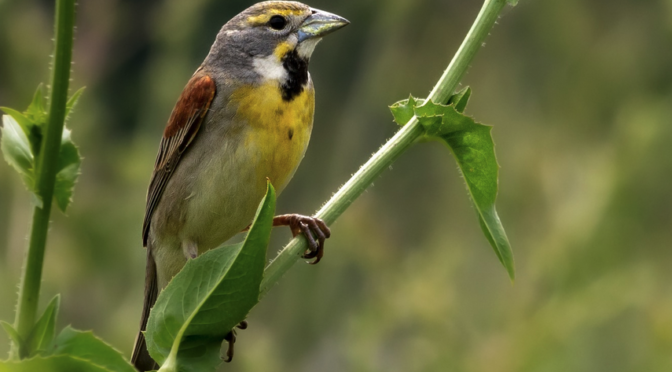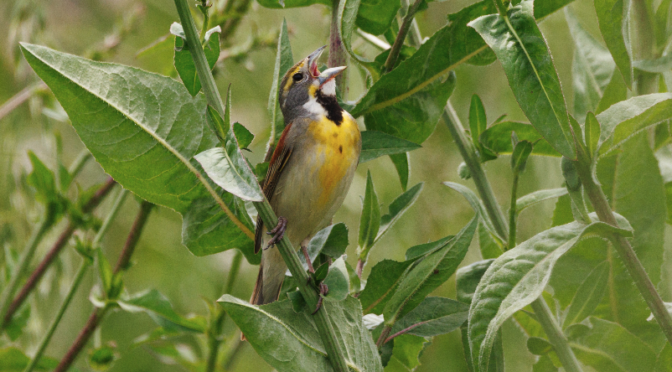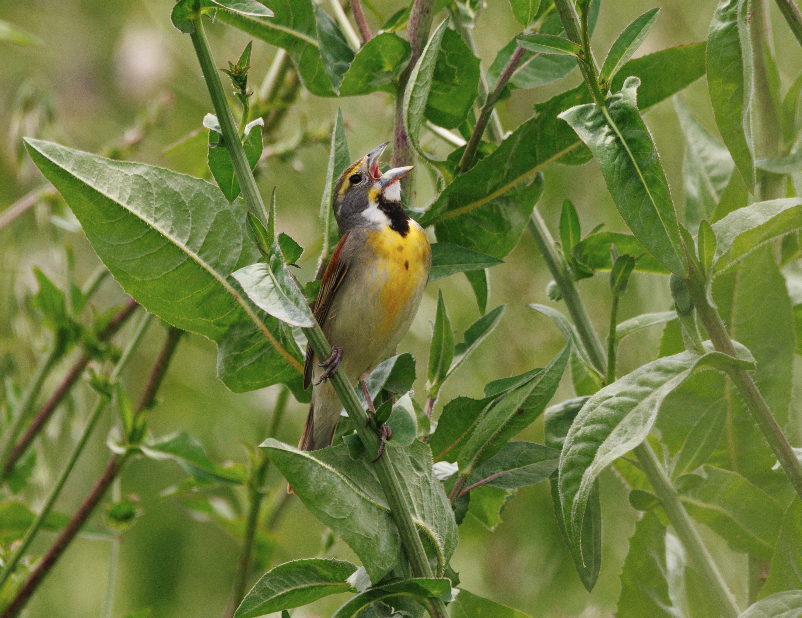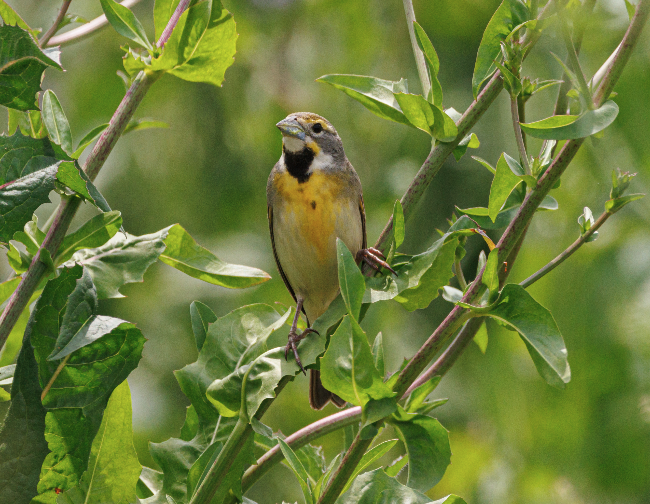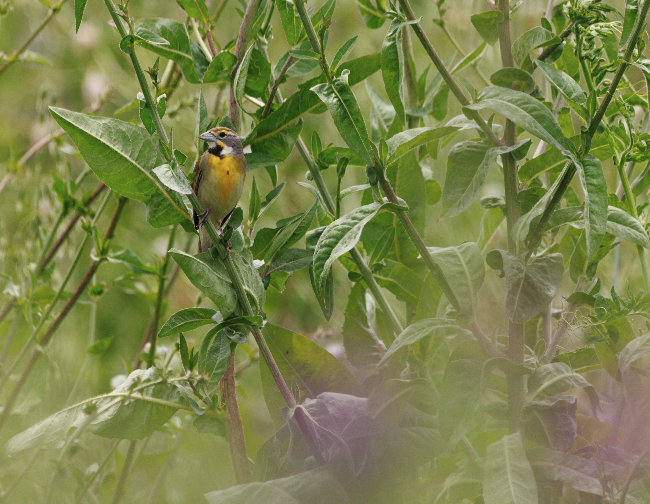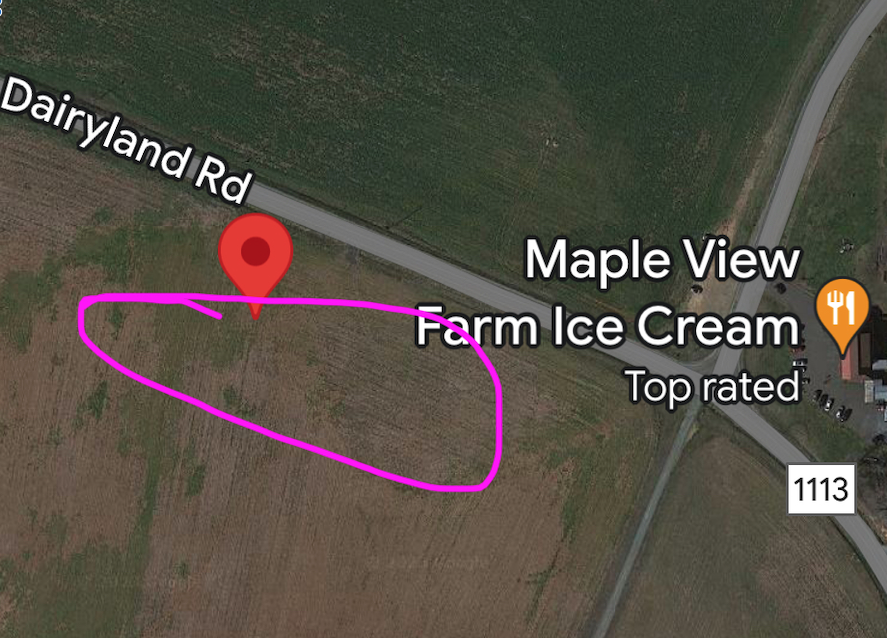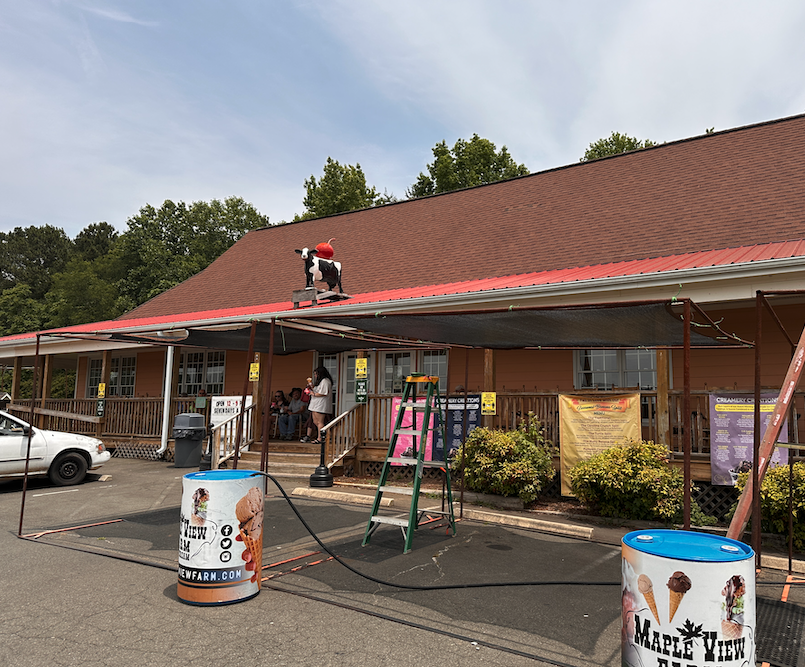By Corie Long Latta
Okay…. hold back the chuckles on this one! This goodlookin’ fella is called a Dickcissel. Yes.. You read that correctly. I know, I know, it’s a silly name, and I know that you just laughed out loud like a silly little 8 year old! Somehow it came about it’s name due to its call. Somewhere along the way, some body though it sounded like the bird was calling out, DICKCISSEL, and said… HEY, that’s what I’ll call this fine specimen of a bird, a DICKCISSEL! Sounds great, let’s roll with it! I mean…![]() .
.
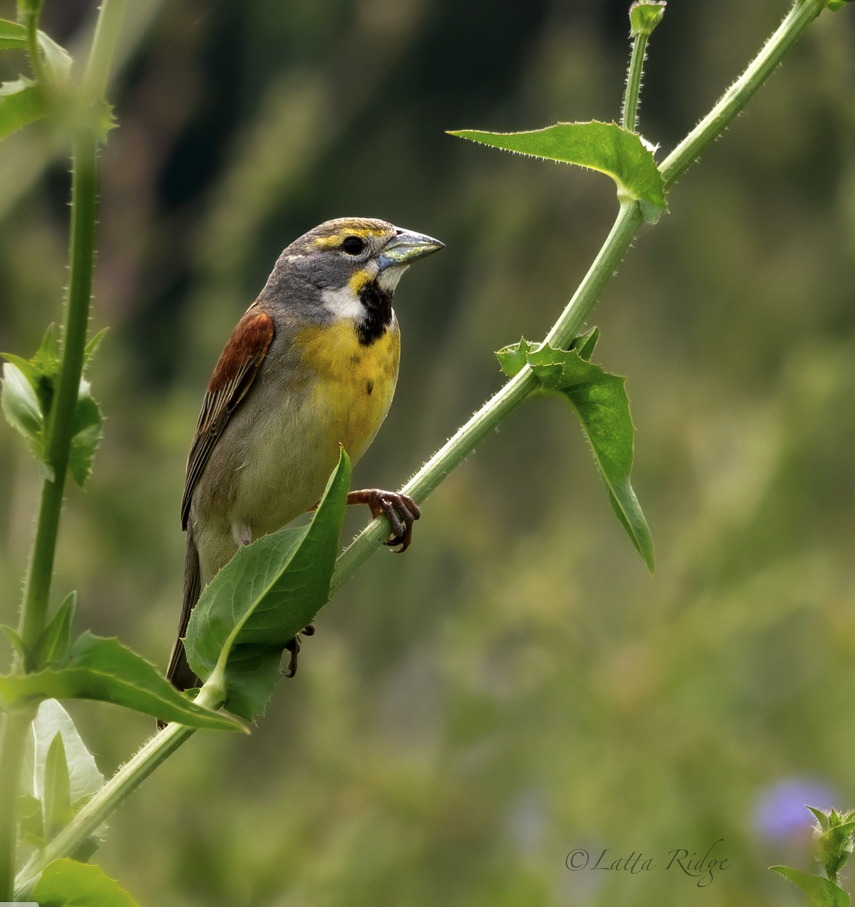
Certainly you’d think they could have come up with a better name, but here we are! It’s May 2023 and I’m out chasing a Dickcissel.![]() Why you ask?? Well.. it’s a bird isn’t is? And by now, you know me! If there’s a bird out there that is rare to my area, well… out the door I go, with camera in tow, bird hunting! It’s the adult version of hide and seek that I can’t get enough of! And this particular species is a lifer for me. Meaning, I’ve never seen one before, so it was rather exciting to add it to my life list of bird species I’ve seen.
Why you ask?? Well.. it’s a bird isn’t is? And by now, you know me! If there’s a bird out there that is rare to my area, well… out the door I go, with camera in tow, bird hunting! It’s the adult version of hide and seek that I can’t get enough of! And this particular species is a lifer for me. Meaning, I’ve never seen one before, so it was rather exciting to add it to my life list of bird species I’ve seen.
This particular dickcissel is out of his typical range. They are usually found in the central plains and not along coastal states. But a small flock seems to have found their way to Maple View Farms in Hillsborough. And birders are “flocking” to get a glimpse of them (see what I did there?![]() ). So this week, my news feed has been full of my birding entourage and their captures of the Dickcissels.
). So this week, my news feed has been full of my birding entourage and their captures of the Dickcissels. ![]() (If you’re one of my birding buddies that went out and captured it, please share your photos in the comments!)
(If you’re one of my birding buddies that went out and captured it, please share your photos in the comments!)

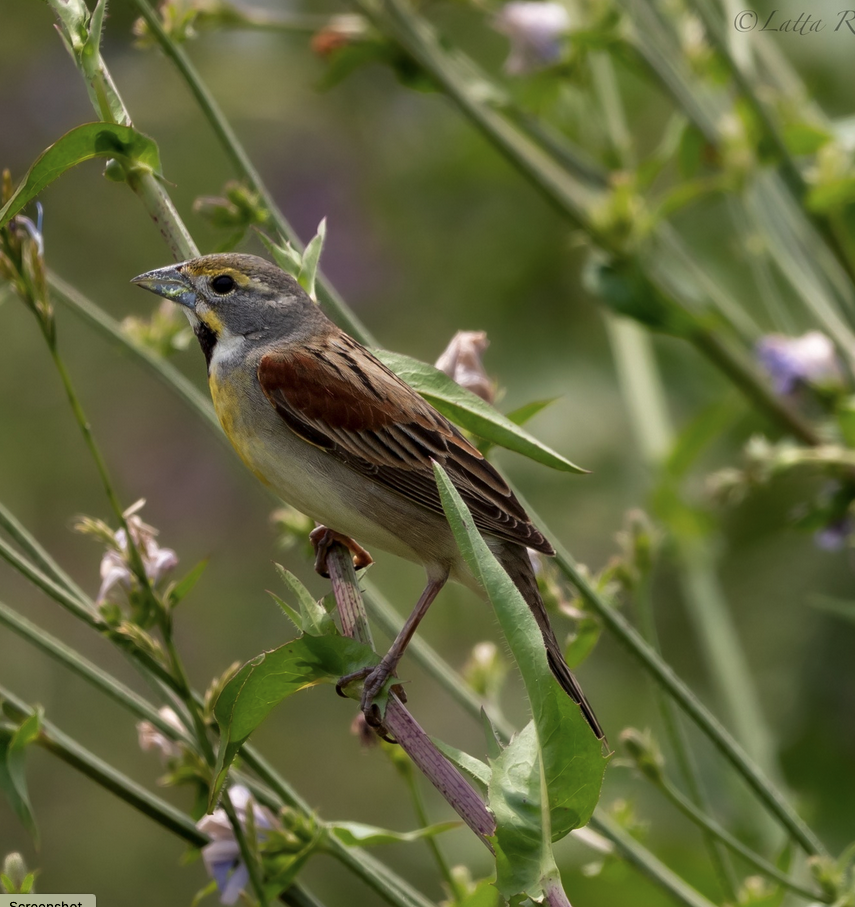

Commonly found in pastures with tall grasses, foraging for seeds, the Dickcissel is a bird that can be quite the pest for farmers. During fall migration, they will gather in massive flocks that can easily reach into the hundreds of thousands. And during the winter, there have been some flocks that can reach into the millions. WOW!! However, during breeding season, they are quite solitary birds, spending their time with their mate. While the female does all the preparations, building and sitting on the nest and feeding the young until they fledge, the male has absolutely no part in it, other than aggressively protecting his territory. Well… now that I think about it, maybe that’s where the name came from… he’s not very helpful in child rearing and his counterpart got mad! LOL!!
Maple View Farms, Hillsborough
5/23/23
PS. Have you seen this bird too? Leave a comment below about your dick bird experience lol!

